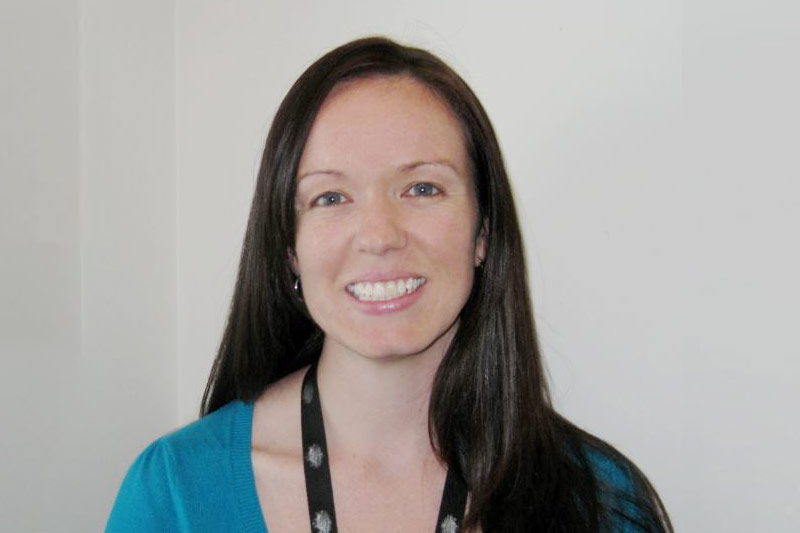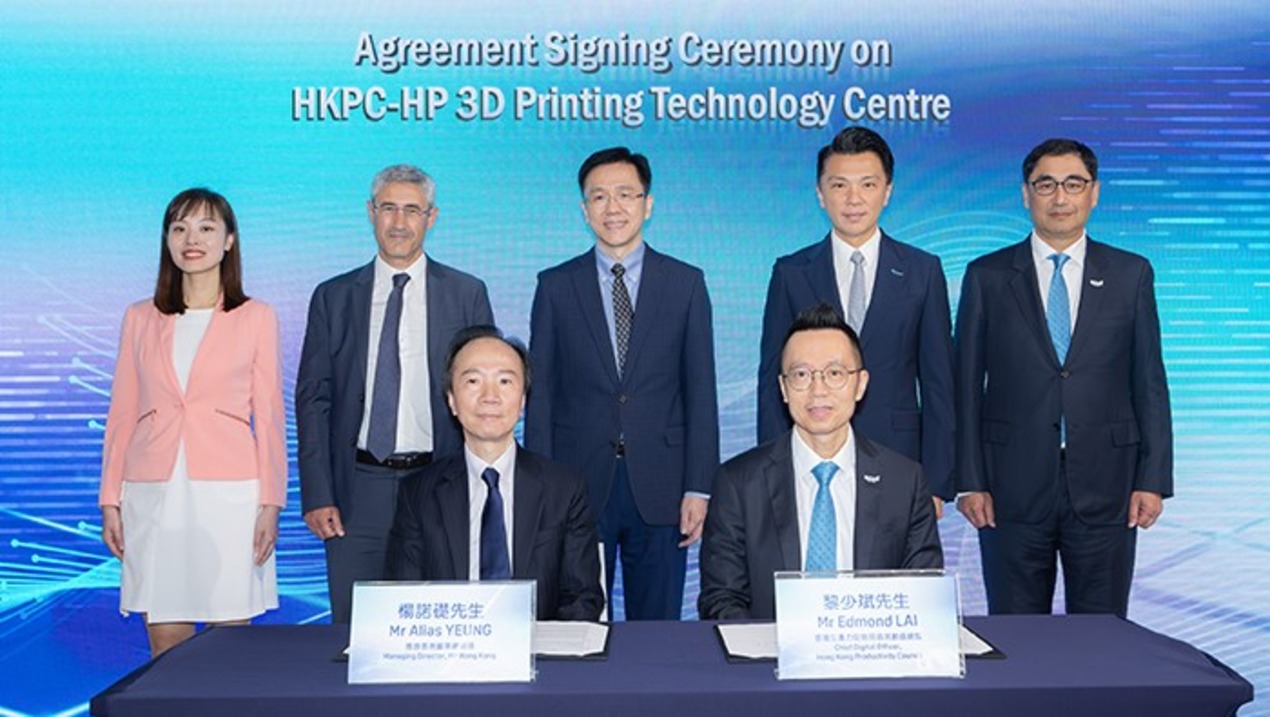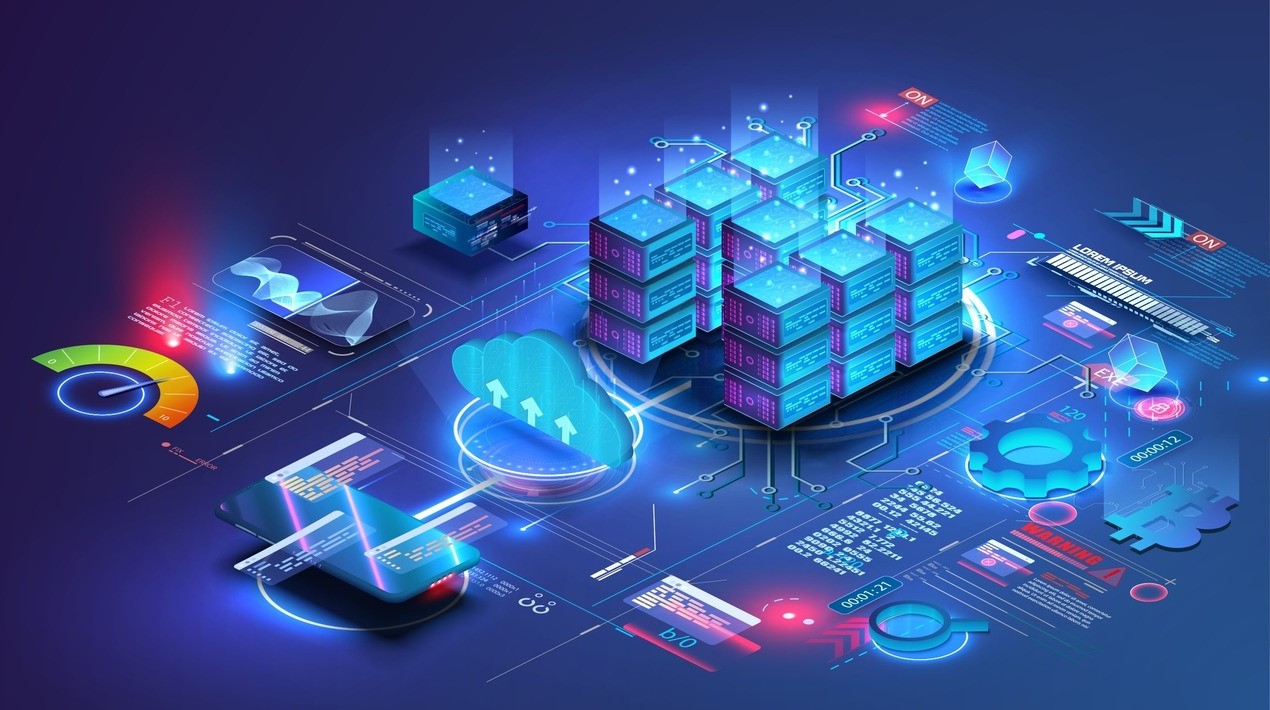
Following up on a previous interview on digital transformation in the Australian Taxation office (ATO), OpenGov interviewed Claire O’Neill, Acting Assistant Commissioner Digital Strategy & Assurance at the ATO. She talks about the innovation spectrum, project delivery timeframes, real time data collection and optimising compliance outcomes through a mature digital strategy. Claire O’Neill has been with the ATO since 2005 and previously was Director-Strategic Programs. She assumed her current role in April 2016.
How has your role changed with the change in your position and title at the ATO?
Our digital program encompasses strategy and future thinking, through to implementation. Previously my role was specific to the strategy component of the Contemporary Digital Services program. The branch that I now manage has responsibility for strategy, program management and delivery of some specific projects. The Contemporary Digital Services (CDS) program itself, currently has close to 60 projects.
Apart from my own projects, I have a role in understanding the end to end view of the CDS program, making sure that everyone across the ATO is aligned, and that overall governance is in place.
How long does it to take to come up with a strategy and delivery plan and then to execute it? Sixty projects sound like an ambitious undertaking.
It is ambitious. Part of the difficulty with timeframes, is that when you are delivering a digital project, a new service or a transformed service, your timeframes are anywhere between 6 months and 2 years. In that space of time technology itself changes dramatically.
On one hand, we have got a strategy which is trying to be very future-focused, looking at a horizon of 10-20 years. On the other hand, we are delivering projects on a much shorter timeframe. It is not a sequential process, that we establish a strategy, then start rolling out projects. They need to happen almost concurrently.
Our latest digital strategy is an update to the ATO’s previous strategy. We had a digital strategy in 2013. This is the first formal update.
Obviously, we haven’t stopped work in the meantime. The strategy gave us a chance to check whether everything is still on track. We also tried to imagine and articulate what our future state would be. We looked at how our current projects could contribute to the future state, helping us to understand how we could tweak or adjust our projects to deliver the desired outcome.
It gets very hard. We are trying to describe a future where we don’t even know what technology is going to be available.
Have you started some projects and then realised that technology has moved beyond what it was at the time, that the project has become redundant?
We haven’t had to completely stop anything, but we have had to adapt in some cases to new developments in technology or to changes in community needs.
We need to continuously review our current projects to make sure they are still aligned. Whenever something new comes on board, we have to quickly understand the inter-dependencies, and decide if we need to change anything. We are working to invest in the critical capability of comprehending the various inter-dependencies of a large program of work.
Innovation is big part of today’s government. What does that mean specifically for you and the ATO?
Innovation and transformation are trying to tackle the same theme. It is not just about continuous improvement.
Continuous improvement is on one end of the spectrum. It is about looking at a current service and product and asking how we can improve it. It might not dramatically change the client’s overall experience, but there might be just enough tweaks to the experience that make it better.
Innovation starts there and goes right through to completely reconfiguring the way that something is managed.
It’s not just about being able to conduct a particular transaction with us online instead of on paper. What that transaction actually represents might change entirely.
Innovation, I think is about understanding that spectrum. It’s about getting iterative feedback from our users about their needs, understanding risks to our organisation’s outcomes and trying to balance the two.
Gradual continuous improvement is easier. It does not involve as much of a real shift for people. But when you are completely changing something end to end, that’s where the real challenge comes in.
How much of the focus is internal vs external or citizen-focused?
It is a bit of both. At the end of the day we have to engage with our end-user and ensure that their participation in the tax system is so easy that voluntary compliance is optimised. That’s the end-goal.
But we can’t do that without our staff being the biggest advocates of digital services. They are the ones who are going to promote the use of digital technology to taxpayers.
We also need digital technology to change the way we do our own work. For staff who might never speak to a taxpayer, there is still opportunity to use technology to make their work more efficient. Improving efficiency and productivity frees up resources, time and money to invest in more value-add areas.
Is any of it focused on trying to catch tax evaders?
There is a shift from traditional service delivery outcomes, such as speed, ease and accessibility for users, to compliance outcomes.
The first digital strategy was focused on getting rid of paper, getting people online, making it easier for users. That is still important but the program is more mature now. We are deliberately designing our services in a way that nudges compliant behaviour.
I will give you an example. Until the middle of last year, there was no online service for certain client groups to lodge their activity statements. They had to do it on paper. When we released the service, we looked at the traditional service delivery metrics. People found it easier to fill out something online than they did on paper.
In the first couple of months, we noted two key things. Firstly, the conversion rate was significantly higher than what we would see in paper. When people got a notification saying their activity statement was ready and they went online to look at it, we had a high rate of people complete it then and there. On-time lodgement, a compliance outcome was optimised. The second observation was that one-third of the lodgements we got in the first couple of months were prior year lodgements!
When people went online to do their activity statement, they received notifications about their outstanding lodgements from previous years. When they open a paper activity statement at home, there’s nothing on it to remind them about their outstanding ones.
A digital approach can also alter compliance by leveraging data. A digital environment is a data rich environment. If we have greater visibility of a client’s tax position in real time, there are two possible uses of that.
One, if someone’s being non-compliant, we can find out sooner rather than later. Two, we can help people avoid getting into trouble. We know that most people don’t set out to be non-compliant. But particularly in small businesses, or start-ups, you might get overwhelmed with all the paperwork and regulation and fall behind on your taxes. Then all of sudden you are being audited. With the detailed data obtained from digital technology, we can help those people or businesses get back on track.
What is the future you envision for the ATO?
Can you think how valuable it would be, if every single time a business runs a payroll event, we could get the details of all the employees they have on their books, all the information about how much taxes they have paid, how much super guarantee they have paid. And we get that every fortnight throughout the year.
If we went to a small business owner and said that every fortnight we want you to fill out a paper form with all this information, they would never do it. It would be unreasonable. But if we can build a digital system that automatically collects that data, it would be a lot easier for that business.
If we already have all the information collected throughout the year we could say you don’t need to do anything more to reconcile your affairs at the end of the year.
Mature digital strategy is all about nudging compliant behaviour and helping people to comply. Real time data, automated, reduced reporting, more helpful early compliance nudges are all components of the ideal future state.
It’s important that when we describe our future state, we are not describing it in terms of digital products that exist in the market. We describe it in terms of the attributes that we want. So whatever technology comes along, we will leverage it to help build those attributes.
Do you look at other countries for models or learnings?
Global scanning is really important. We have to bear in mind that other countries have different legislation in place. Certainly some aspects of this future state I am describing may require some state policy or law change. But that aside we do look at what other countries are doing and try to learn from best practices. We look at Singapore, UK definitely, Canada. We have been looking at countries like Estonia, which did online voting recently. We also connect with international groups as well and participate in tax research studies.
Are you sharing that data with other agencies?
We have memorandums of understanding in place with other agencies. It is a formal agreement to share data for a particular reason. Part of the reason for so much governance around that is to protect privacy and security of taxpayer information. It is only shared for deliberate reasons with specific agencies.
Going forward, there may be an increased demand and expectation for more freedom in data sharing. That would be challenging. It will be led in large part by what level of data sharing the public will be comfortable with.
How are you securing taxpayers information?
Storage and security are increasingly important. We have been moving the ATO towards end-to-end security when interacting with online services. We need to understand emerging risks and the controls needed to mitigate these risks.
We have some projects underway studying new authentication mechanisms, to provide secure access and a choice in the way you or your representatives access account information, along with a higher level of security.
Stolen or corrupted data poses significant dangers. Reputational risk is one of the biggest ones. If people don’t believe that the services are secure, not only will they not transition to the services but it affects their overall trust in government.
The ATO Corporate Plan 2016–17, which covers the periods 2016–17 to 2019–20 was released on 22nd August. It sets out the ATO's purpose, operating environment, risks, capability and planned performance over the four-year period. Please click here to read it.
Claire O’Neill will be speaking at the New South Wales OpenGov Leadership Forum in Sydney on September 13th, 2016. For more information, please contact leon.kantor@opengovasia.com.
















